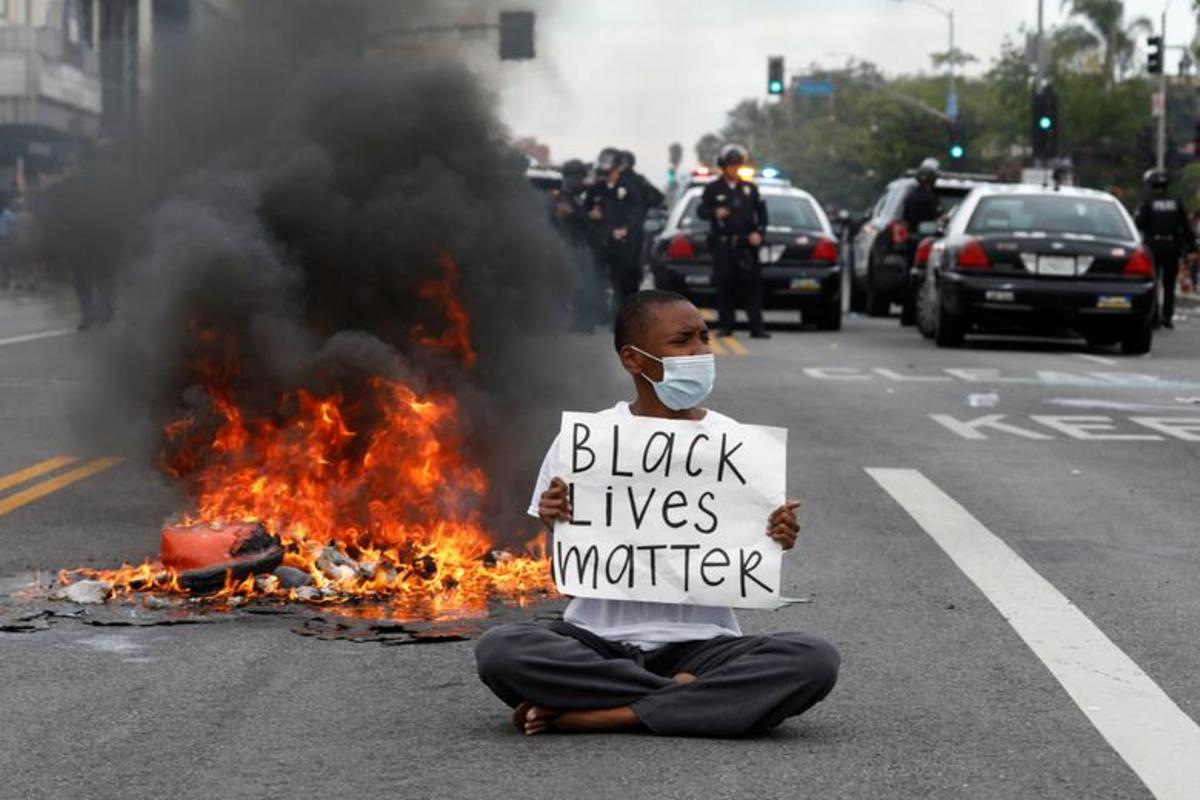

Youngsters and elders alike need such surroundings.

Jacobs' view is that people like to live, not just be, in such lively neighborhoods. Rich mixture of activities in buildings of varying age and character. You get it from "public actors," from habitual street watchers, such as storekeepers, doormen and interested neighbors, and from more or less constant use at different hours, which is possible only if there is a It requires an intricate social system, which automatically achieves This security, she insists, will never come just from a vigilant police force. Citizens and strangers alike must enjoy security on city streets. Contemplation of these prospects, however only fills Jane Jacobs (an editor of Architecturalīig cities she says, are full of strangers.

Reduce traffic hazards and achieve economies of scale- all these and more- suggest that we may yet make our cities more gracious and efficient.

To the innocent onlooker, the drive for more comprehensive planning regions, low density suburbs, redevelopment of central areas, more parks, open space and highways, public housing, modern neighborhood design with superblocks facing interior lawns to By dint of these talents, Jane Jacobs achieves a brashly impressive tour de force in her reinterpretation of the problemsĪnd needs of the contemporary metropolis. In any event, one sees things somewhat differently, especially if the reporting is done with an irreverentĮye, a waspish tongue and a "no holds barred" attitude to customary villains, heroes, strategy and tactics. In some cases, such views are rewarding in others, unforgettable. Ne of the most memorable carticatures by Max Beerbohm shows George Bernard Shaw's view of the world: it pictures the celebrated dramatist- his expression a cross betweenĪ scowl and an impish grin- standing gracefully on his head. The Death and Life of Great American Cities by JANE JACOBS NovemNeighbors Are Needed By LLOYD RODWIN The Death and Life of Great American Cities


 0 kommentar(er)
0 kommentar(er)
